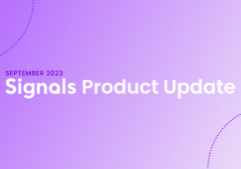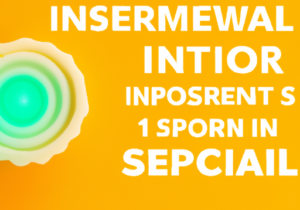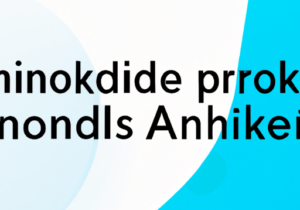No one likes to guess and test forever, right? If only there was an easier way to figure out exactly what works in marketing and sales. Well, there is and it’s called analyzing the consumer behavior.
In a recent episode of Digital Conversations with Billy Bateman, Mike Lewis shared his insights on marketing attribution, understanding intent, and other principles regarding B2B sales and marketing.
Mike emphasized how there is no room for ‘hope’ in marketing. And it’s so true. You can’t just hope that someone answers you, or hope that they call you back, or hope that an expensive marketing campaign will bring in tons of revenue.
What Is Behavioral Intent?
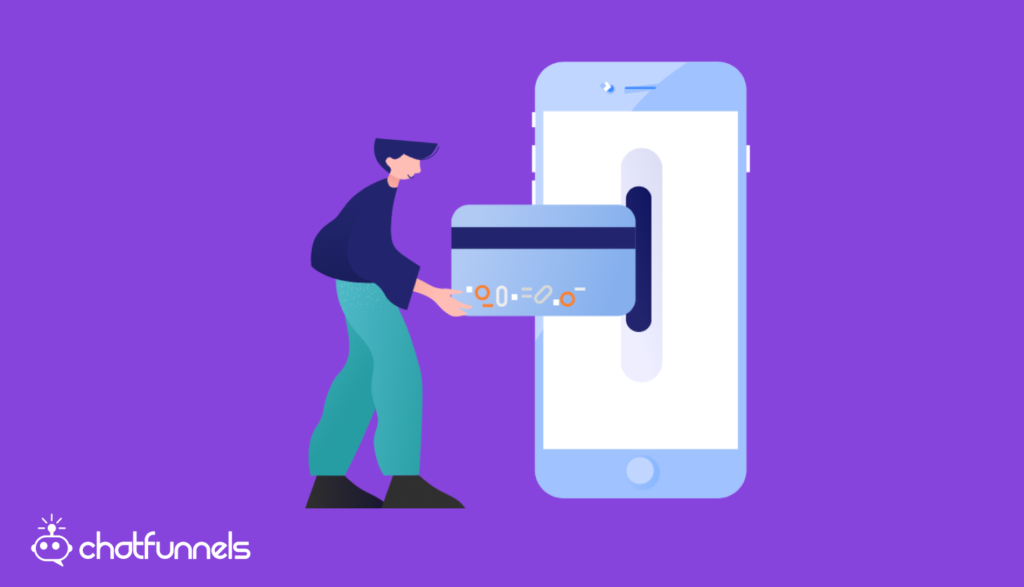
You can move away from the dreaded guessing and focus on the behavioral intent. Behavioral intent is essentially the patterns that show whether someone is actually going to buy or not.
By analyzing and recognizing those consumer behaviors, marketers can be more effective in their strategies.
Think about it like this: Is there a pattern that you can discern from other behaviors that converts revenue?
Studying the behavioral intent of your site visitors will quickly show you which marketing channels work.
Of course, initially some guesswork is required.
There are multiple ways that people convert to revenue. It will take a little bit of time to start to see the behaviors and how they corelate to conversion.
There is no one size fits all funnel! However, there definitely are trends that will start to pop up.

The real challenge is that human behavior changes. You have to keep up and adapt your funnel.
Understanding Intent
It is crucial to know what the intent is of each site visitor, so you can focus on the high intent visitors.
This is where lead scoring comes into play. You should figure out a system for scoring each lead based off their certain behaviors on your site. Decide what behaviors are valuable to you and your organization and then assign scores to each visitor.
Chatbots help get to the root of site visitors’ intent. Within the ChatFunnels’ software is a lead scoring system, which makes it quick and easy to identify if someone is simply browsing your website or if they are looking to buy.
You should implement chatbots in order to automate lead scoring. Once you and your team determine which behaviors equate to your lead score, then all you have to do is set up the bot to recognize certain behaviors as a one star, two star, or a three star lead.
Live chat agents can manually set the lead score as well.
The lead score helps you know their intent. Some people are just interested in more content, which means they probably are not ready to buy in that moment. Others are ready for a demo, which is a good sign that they are higher intent visitors.
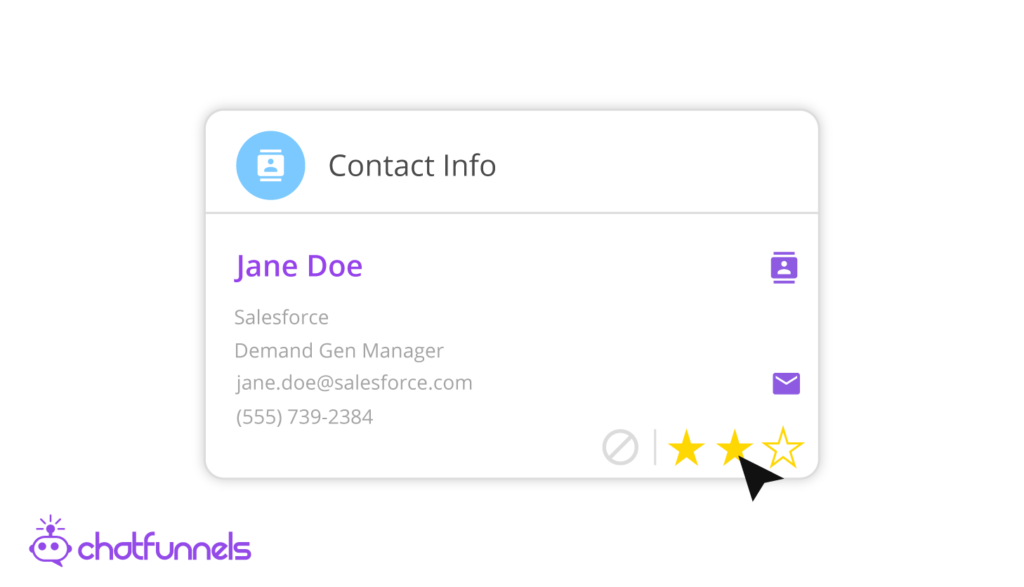
The Key to Great Marketing
The key to marketing is to engage someone in the moment they are interested.
Think of it like this: It’s like if someone raises their hand, you need to call on them quickly or they will get tired and put their hand down. The prospects with their “hands’ raised” need to be catered to immediately. And we’ve seen that with chatbot statistics. Raising their hand is analogous to interacting with the bot. If they choose to be routed to live chat and the agent doesn’t jump on right away, the prospect won’t wait around.
56% of the buying decision is done by the time someone raises their hand, so it’s all about figuring out what caused that hand to raise.
You can start to figure out the buying behaviors of certain types of companies. That way, when someone comes to your site, you can analyze the consumer behavior and intent and recognize if they are ready to buy.
You should also look into figuring out the consumer behavior of those who came in from social media versus an email campaign versus SMS.
You can do this reverse multitouch attribution with platforms like Hubspot. It can give you insights into which touchpoints have dollars associated with them.
This will greatly help you know where to put your marketing dollars in order to drive the best returns.
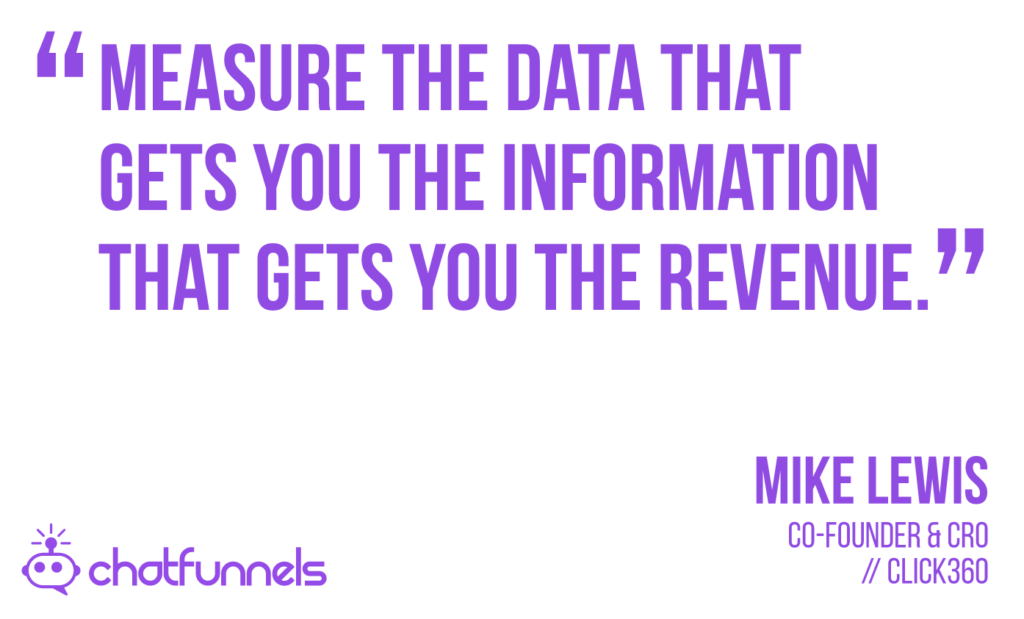
This is what you should do:
- Figure out your key metric. Let’s say it’s demos.
- Analyze current and existing data to figure out how many demos you need to get X amount of revenue.
- Now you can set certain goals and make plans in order to increase your amount of demos, so you can reach your desired amount of revenue.
Pro Tip
Marketing has shifted from being purely creative to now focusing more on the numbers and essentially paying for eyeballs, which isn’t necessarily a bad thing.
However, you need to make sure that you are still putting forth effort to making meaningful first party customer journeys. You should be creating really cool content that peaks the interest of your prospects. In doing so, they will begin to self-align to your brand. Go back to the marketing roots and create content that draws prospects in.
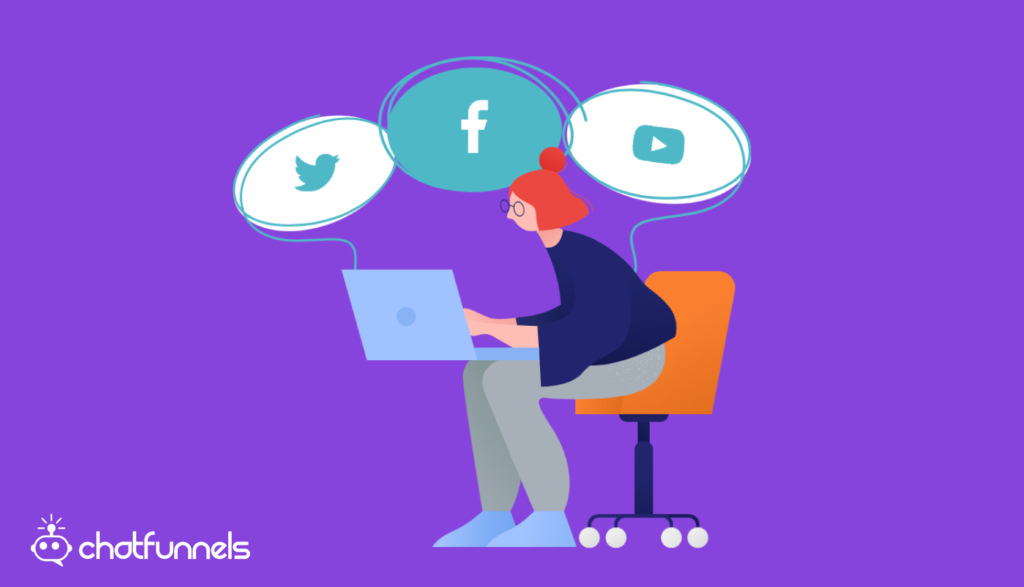
Quick Recap
Let’s recap the 4 main points discussed in this article.
- Understand the consumer behavior. Start to recognize patterns in their behaviors and if they act differently depending on whether they came from a social media campaign versus an email campaign.
- Look into reverse multitouch attribution.
- Implement chatbots in order to automate the lead scoring process.
- Be ready to engage with customers the moment they are interested.
These four tips will help you eliminate the guesswork and pinpoint what is causing people to enter your funnel and convert.
If you’re interested in finding out what a bot can do for your website, book a demo with us today!
READ MORE
Start seeing your Buyers' signals
Signals is helping companies automate, grow, and close sales pipeline with industry-leading predictive intent scoring, lead generation, and real-time engagement.









